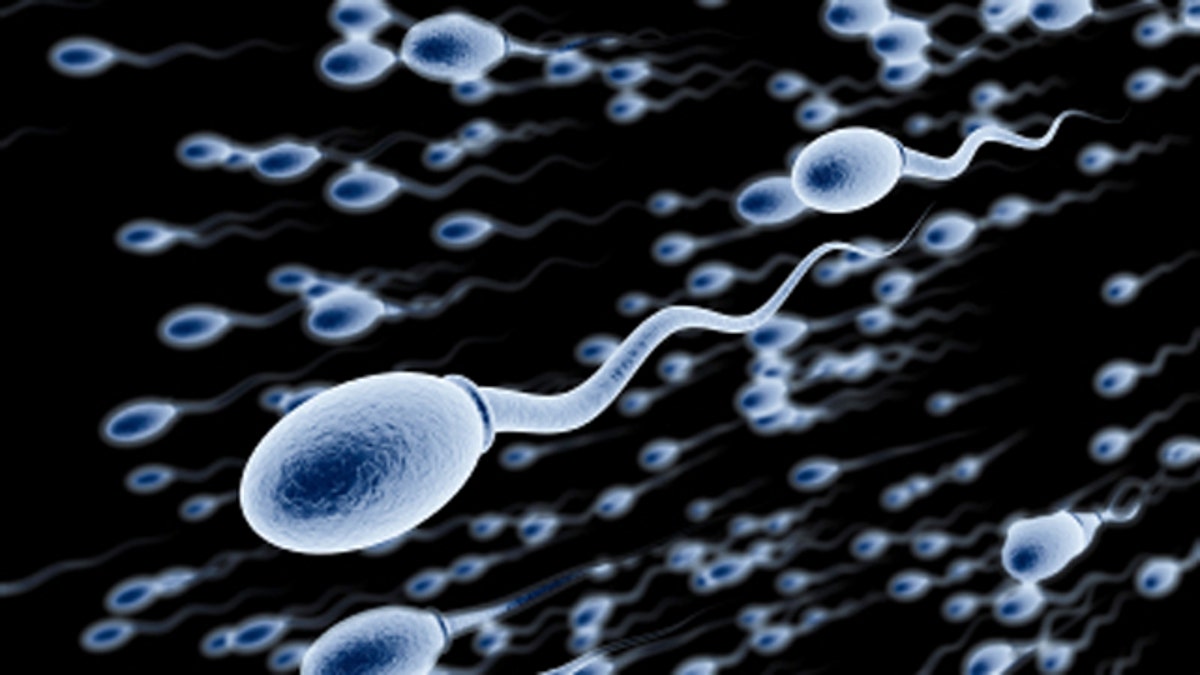
Keeping sperm from being ejaculated may provide the key to creating a birth control drug for men, according to a new mouse study.
The research is far from translating to a pill that human males could pop to keep from making babies; to reach that stage, any drug would have to undergo years of testing for safety and effectiveness. Nevertheless, the study offers hope for a new method of birth control for men, the researchers said.
"The search for a viable male contraceptive target has been a medical challenge for many years," Sabatino Ventura of Monash University in Australia and colleagues wrote today (Dec. 2) in the journal Proceedings of the National Academy of Sciences.
The challenges of male birth control
Compared with female birth control, the male version is a biological challenge. Instead of stopping one egg, male birth control would have to stop each of the 1,500 sperm cells men produce each second. Early tests have proven hormonal methods to be clumsy, causing too many side effects. Attempts at halting the rapid production of sperm is similarly difficult, in part because a natural barrier between the blood and the testis, the site of sperm production, keeps drugs out.
To be popular, any anti-sperm birth control method would also need to be reversible, and could not cause long-term damage to sperm cells, lest it lead to birth defects when a man did decide to have children. [Sexy Swimmers: 7 Facts About Sperm]
The new study attempts another path: Instead of blocking the production of sperm, researchers are now trying to block its transport.
Stopping sperm
Sperm are made in the testes, and stored in a tightly coiled tube called the epididymis, inside the testicles. When a man ejaculates, smooth muscle propels the sperm out of the epididymis, through a tube called the vas deferens, into the urethra and out of the body. Receptors on the muscles receive hormonal signals that instruct the muscles to contract, sending the sperm on its way.
Previous attempts to block these receptors, known as 1A-adrenoceptors and P2X1-purinoceptors, had decreased male fertility, but not entirely male mice with blocked receptors could still father offspring up to 50 percent of the time.
But such studies had attempted to block only one of the two types of receptors. Most likely, Ventura and his colleagues reasoned, the body could compensate by beefing up the unblocked kind.
In the new study, the researchers bred mice that lacked both 1A-adrenoceptors and P2X1-purinoceptors. They found that female mice without the receptors could still reproduce as normal. Male mice pursued females and mated with them as usual, but they never sired babies.
A male pill?
A closer look revealed that the male mice without the receptors produced normal sperm, and when that sperm was used in artificial insemination attempts, it resulted in normal baby mice. The mice's vas deferens, however, did not contract normally in response to stimulation, suggesting that the lack of receptors did stop sperm movement.
The two blocked receptors are also important for cardiovascular health, but the mice showed few side effects beyond a 10-percent decrease in blood pressure, the researchers found. More work on side effects will need to be done, but the study suggests that men taking drugs to block the receptors would not be in danger, the researchers wrote.
The vas deferens is located outside of the blood-testis barrier, meaning that oral contraceptives targeting the receptors could easily reach their target. In fact, drugs that block 1A-adrenoceptors are already on the market to treat benign prostate enlargement.
A drug that blocks the P2X1-purinoceptor would still need to be developed and tested.
Of course, even if a combination 1A-adrenoceptor and P2X1-purinoceptorblocking drug were developed, men would have to be on board, psychologically. The anti- 1A-adrenoceptor drugs already on the market have the side effect of the occasional orgasm without ejaculation.
"A lack of ejaculate has the potential to be disconcerting," the researchers wrote in their study.
Copyright 2013 LiveScience, a TechMediaNetwork company. All rights reserved. This material may not be published, broadcast, rewritten or redistributed.
